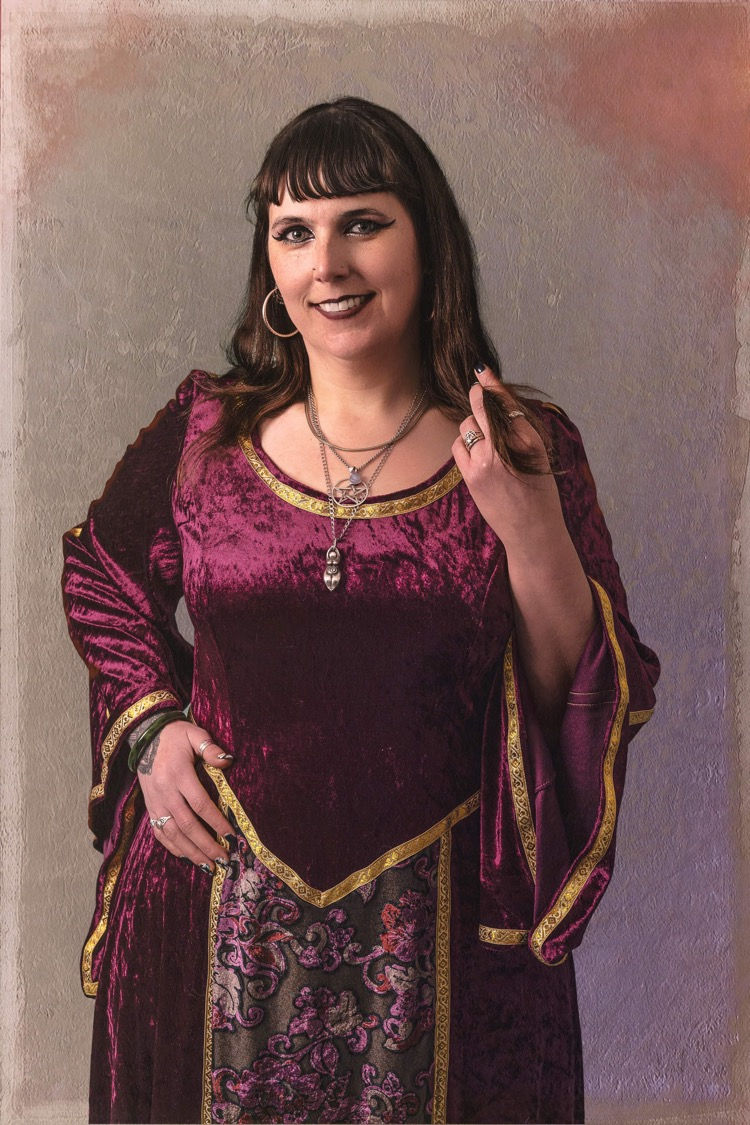Lavender
- Gwyn Kipling

- Aug 13, 2023
- 3 min read
by Louisa Chisholm-Kelly
Right now, as I write this, my house is filled with the scent of lavender. It stopped raining about an hour ago and, as everything outside dries, the twenty lavender plants we have in our garden are releasing a smell that I can only describe as glorious. Our plants are the talk of the neighbourhood. People stop to smell them, stop to look at the splash of deep royal purple, and they ask for handfuls to dry when we cut it all back at the end of the season. Have you ever heard the sound of hundreds of bees all working so hard the plants look like they are shimmering? It is the sound of pure joy!

We planted an inordinate amount of lavender for a few reasons. The bees were top of the list, followed by the hardy nature of the plants. They seem to be able to survive almost anything, and they've been going strong for seven years now. Beyond those practical reasons were the metaphysical reasons.
Lavender is important and sacred. It has been used for healing and more for thousands of years. Native to the Mediterranean, the Middle East and India, the earliest known use of lavender was in the Egyptian mummification process over 2500 years ago. Traces have been found in Tutankhamun's tomb, and it was used in incense and perfume.
The Ancient Greek military used it in wound care, as recorded by the physician Dioscorides in 77CE.
Lavender is mentioned in the Bible under another name, nard.
The Romans reportedly brought lavender to the UK to use as an antiseptic and to dress wounds. They also used it in cooking, bathing and as a body fragrance and insect repellent. In Rome, lavender was an expensive commodity that was highly sought after.
The first written evidence of lavender use in the UK is from 12th Century England in the Book of the Physicians of Myddavi, where it was referred to as ‘Llafant’ and in the Feate of Gardening where it was referred to as ‘Lavyndull’.
Also from the 12th century, in the North of England, washer women were called Lavenders. The name comes from their habit of scenting newly washed linen with lavender because it was thought to keep the linen moth- and insect-free. The practice is the origin of the colloquialism “to be laid up in lavender”.
Lavender has been farmed and prepared for commercial purposes in England since the mid-1500s. Queen Elizabeth I (1533 to 1603) was said to have been a fan of a jam made with lavender flowers.
In the Victorian era, flowers began to take on hidden meanings. Lavender symbolised both distrust and trust depending on which book you read.
Moving into more recent times, lavender has stayed popular and gained top tier status in the herbal arena. A true all-rounder, lavender is used by, well, everyone! From wax melts to sleep spray, bath and body products to infused teas, antiseptic to cookies, and so much more. If you can imagine it, you can put lavender in it or on it. My personal favourite is lavender loaf cake; I also mix lavender essential oil with mint and vanilla to make a pulse point roll-on that is excellent for headaches and migraines.
The metaphysical side has grown too. Lavender is often planted to provide protection to your home, which is one of the reasons we chose it. You can burn lavender to clear space in the same way that sage is burned. Just be careful as it burns quickly. A few drops of lavender essential oil in a spray bottle with spring or moon water is great for clearing a space, or protecting an item. It's also excellent for evicting monsters from under the bed.
As immortalised in the film Practical Magic, lavender is lucky; "plant rosemary by your garden gate and lavender for luck..."
The last reason we had for planting so much lavender was in memory. The smell of lavender clears the mind and aids thought and memory. The bees it attracts are a sign that life perseveres through everything, even when we think it can't.
The photograph included was taken in our own garden by Lee Kelly and Louisa Chisholm-Kelly.




Comments